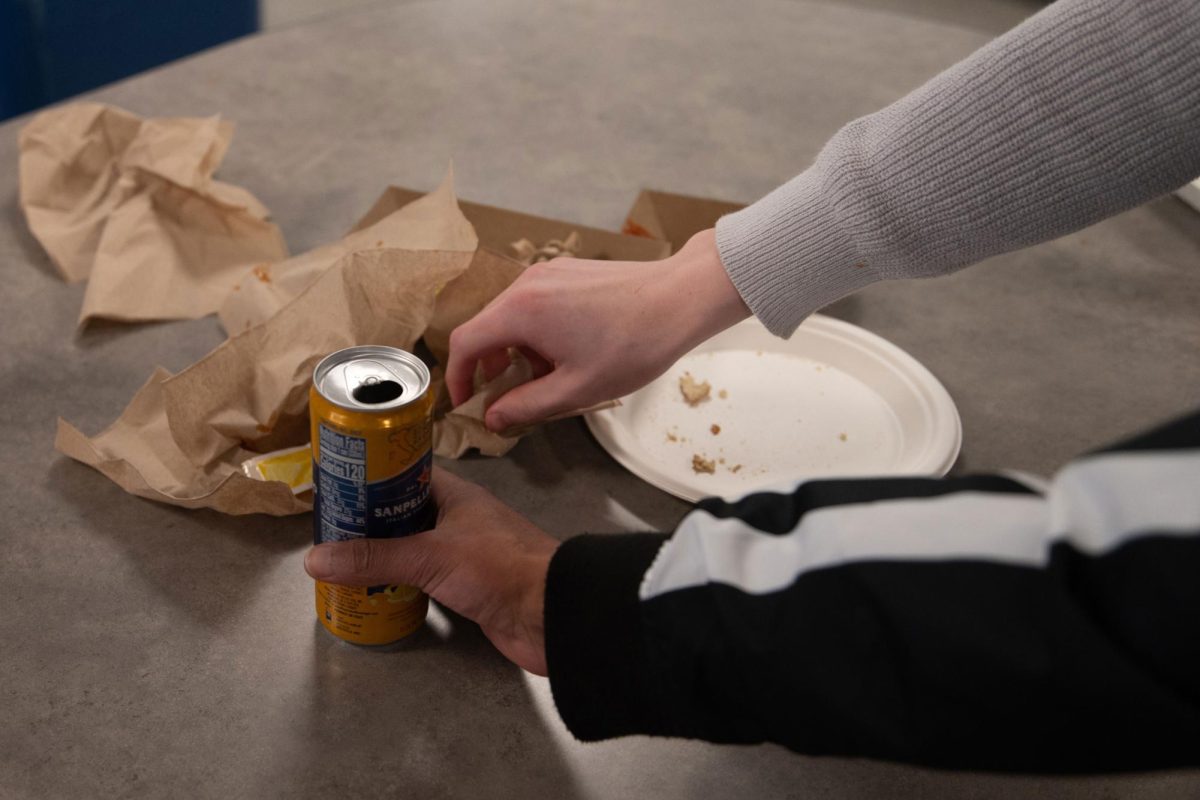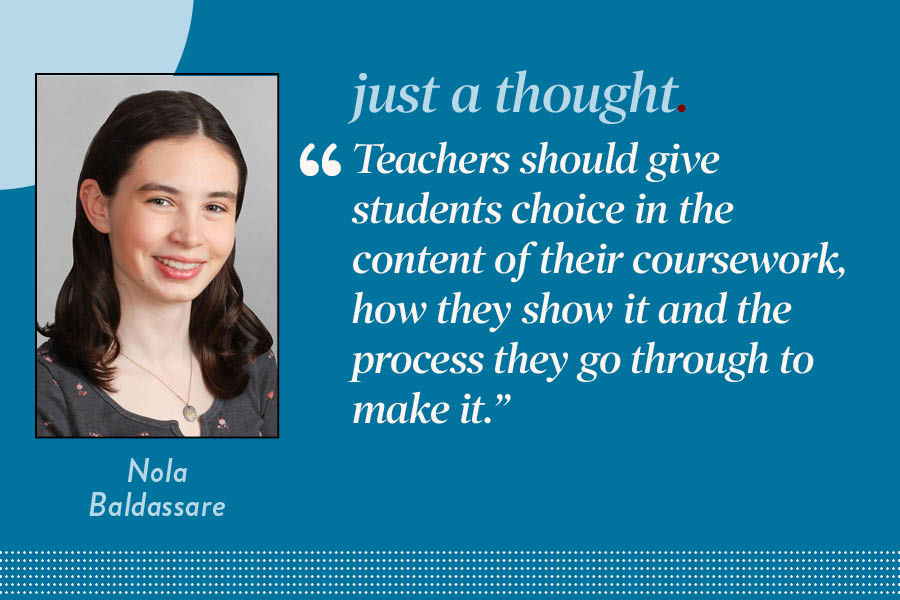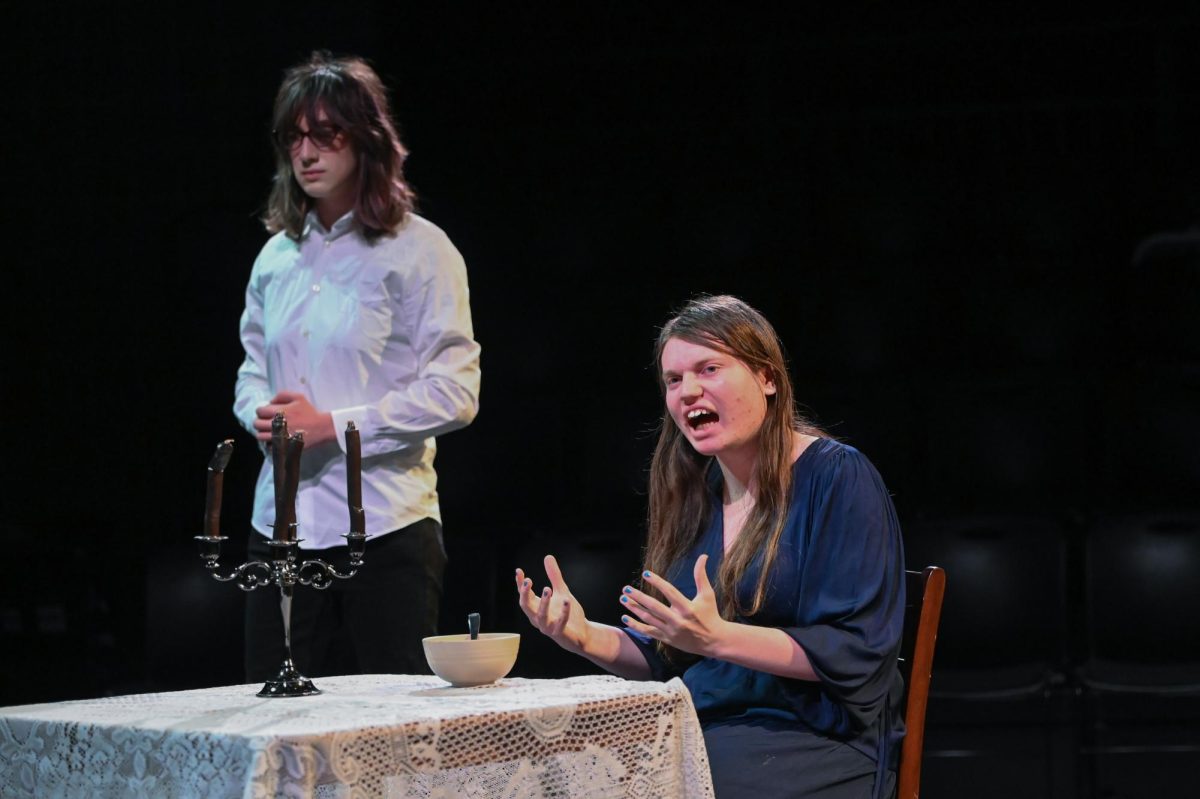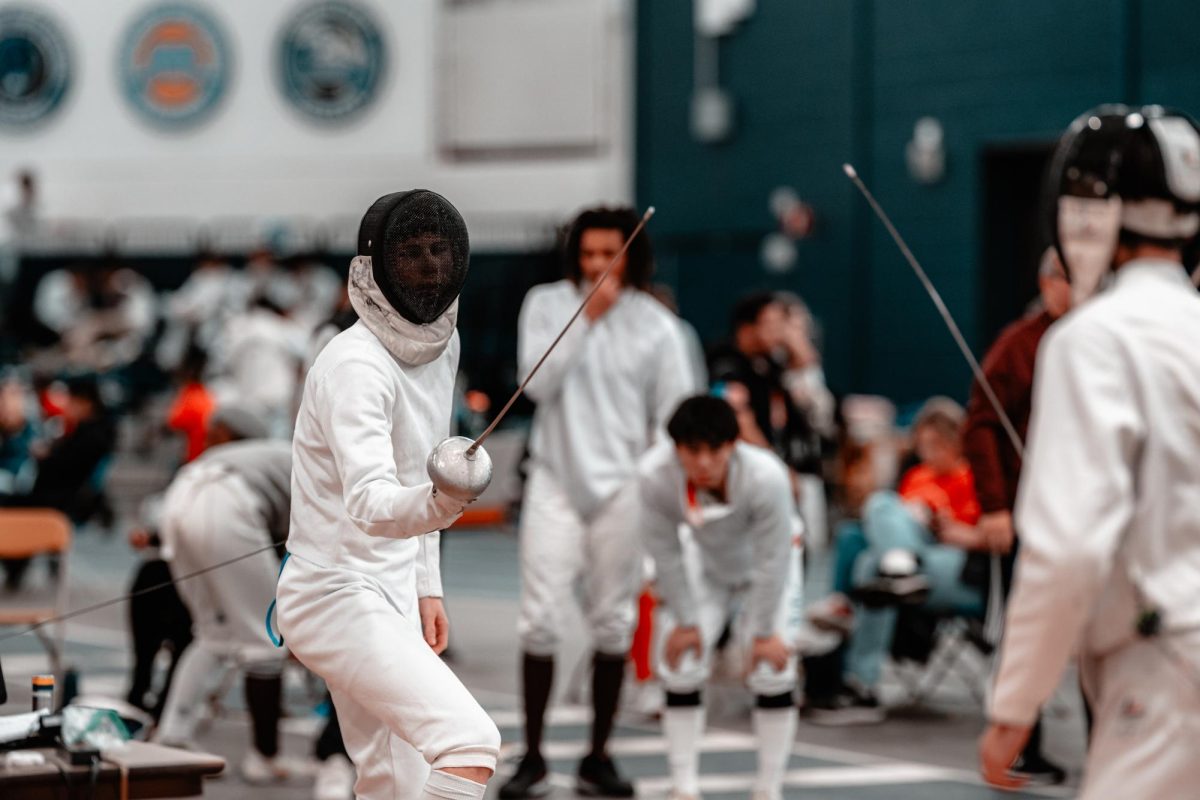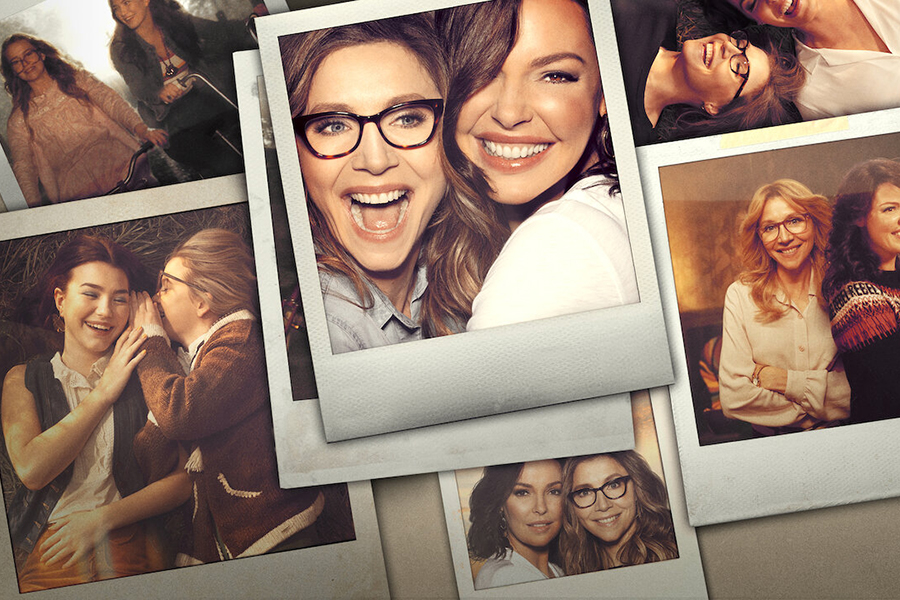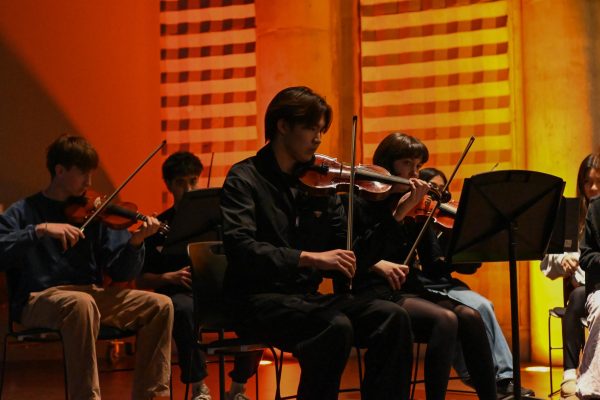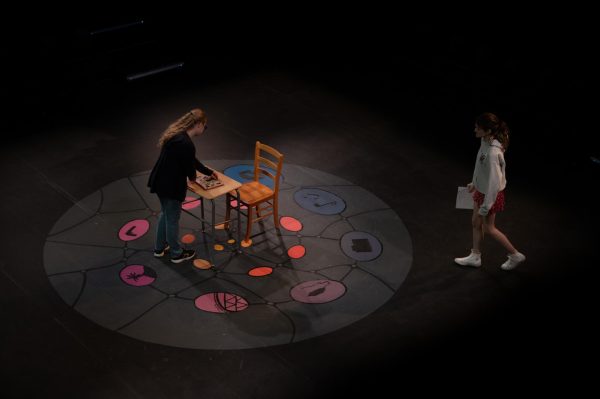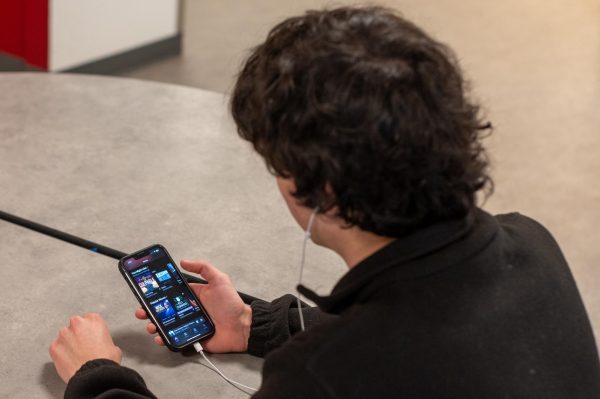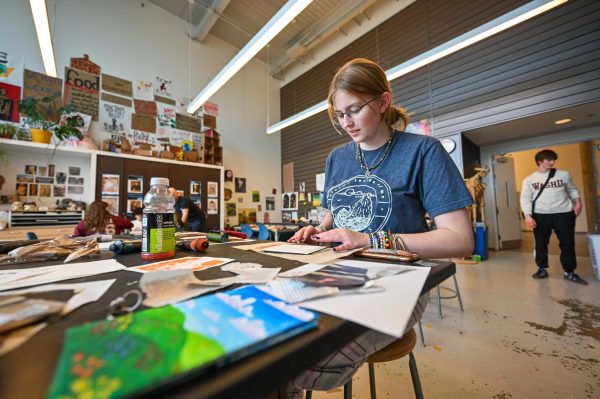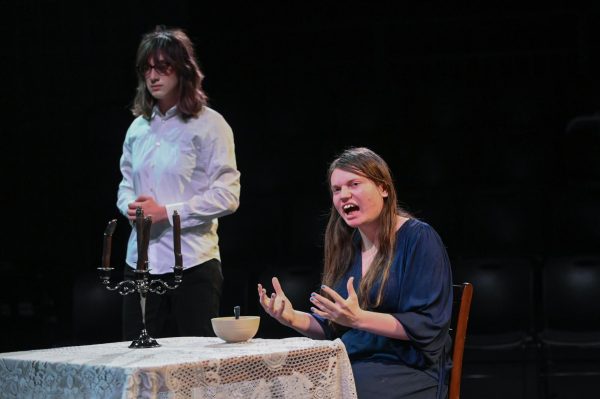‘Firefly Lane’ makes for endearing drama
Netflix
Netflix’s “Firefly Lane,” based on the titular novel by Kristin Hannah, chronicles the life of two teenage girls from the 1970s to the present.
Throughout one’s life one will go through the best of days, as well as the worst. The ups and downs of everyday life is a concept that “Firefly Lane” has captured with grace, depicting a life that is all too familiar to those watching. Throughout the struggles and triumphs of friendship, the audience journeys through over 30 years of friendship between the outgoing Tully Hart (Katherine Heigl) and her more sensible best friend, Kate Malarky (Sarah Chalke). The show, which Netflix released on Feb. 3, is based on the 2008 novel by Kristin Hannah, and was adapted into a 10-episode series that is currently streaming.
From the beginning of the pilot, “Firefly Lane” captures the viewer’s attention, and engrosses them within the ecstatic lives of the two main characters. From meeting on the somewhat peaceful Firefly Lane, to pursuing their hectic journalism careers together, Kate and Tully have a relationship that is complicated, portraying a deep and realistic friendship. Tully is the more spontaneous and extroverted friend, which contrasts with Kate, who is cautious and thinks through her actions fully. This is a dynamic that Ms. Heigl, known for her role in “Grey’s Anatomy,” and Ms. Chalke capture beautifully. The best aspect of this show is its lighting. The show starts in the 1970s and depicts the warm glow of childhood that Tully and Kate experience as they are having their adventures on Firefly Lane. This warmth then fades into the less saturated reality that is adulthood, capturing the struggles they face as young women in journalism. Throughout these 30 years, and towards the end of the show, the lighting constantly changes to convey the time period. The season ends with a successful and satisfying cliffhanger.
Although “Firefly Lane” was very enjoyable, there were areas that were thoroughly lacking. The plot was compelling, but there were episodes where conflicts were drawn out, and I struggled to pay attention to whatever engagement Tully and Kate were facing. The main characters had a depth to them that very few shows are able to capture, yet many of the side characters were superficial, and some were quite stereotypical. It was also very distracting how they used the same actresses, who are both in their 40s, to portray Tully and Kate as they journey through college. Instead they should have used Alissa Skovybye and Roan Curtis, who play young Tully and Kate throughout the rest of the show.
Overall this show was entertaining and pleasant and was that gushy soap opera that everyone needs once in a while. The show was very enjoyable to watch and extremely endearing, however there are quite a few areas of improvement. “Firefly Lane” is a bittersweet story that fits the young adult audience it appears to be targeted for.





